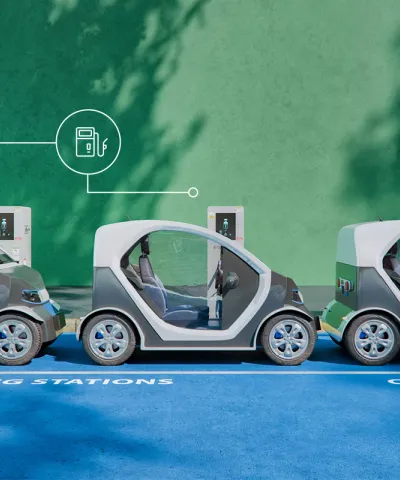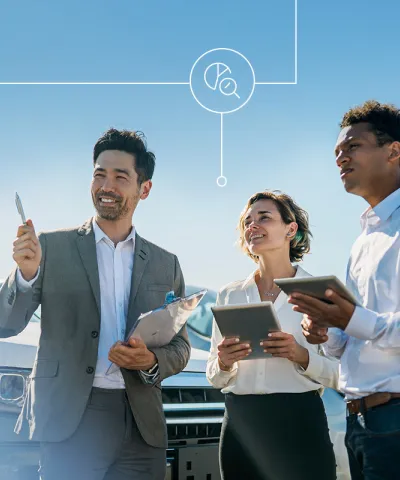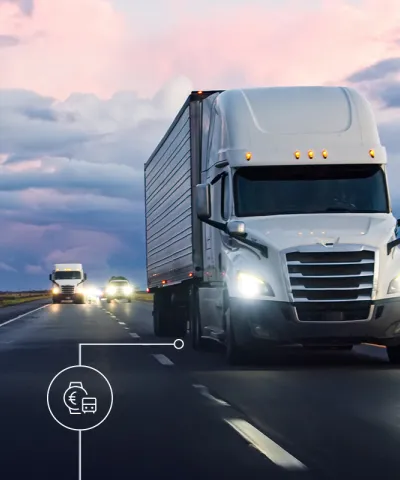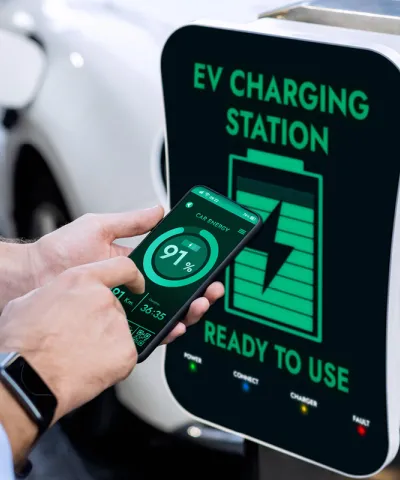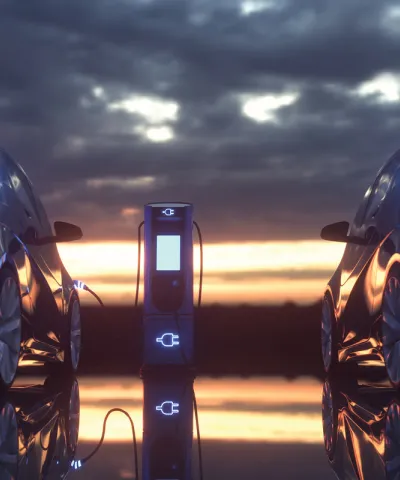Automotive: OEMs need to put the customer in the driver’s seat
Connectivity, assisted driving, and e-mobility are just three keywords that are shaking up the world of traditional automotive OEMs. They have the power to radically change a century-old business model. All too understandably, “being the next Nokia” is a common fear in the industry. As digital technologies force all departments to undergo changes, automotive companies need to shift up a gear if they want to grasp the opportunities that digitalization brings.
Insights
Top management are acutely aware that they have to develop digital products and services; to prevent new players from making even bigger inroads into their market, but also to generate attractive recurring revenue streams on a subscription basis. No wonder all big OEMs are creating digital labs, buying promising startups, and building cross-divisional task forces. But every day seems to bring a new hot topic, and without an overall strategy, most OEMs try to hastily follow every new digital trend – with limited results. Despite frantic activity, the efforts fail to materialize due to unclear responsibilities, silo mentality, and a lack of communication between R&D, production, marketing, and sales.
What OEMs need is a profound shift in mindset. They need to abandon their traditional, product-centered engineering approach that focuses on what is technically doable. To succeed in an evolving digital world, they need to be customer centric and develop new products and services that make commercial sense because they add value for the customer. Offering features like traffic sign recognition or seat heating on demand and charging small amounts to the customer’s credit card on a pay-per-use basis may be possible thanks to digital technologies – but will customers really love this idea so much that they pay (enough) for it?
With less emphasis on car ownership, the sharing economy will endanger principal revenue models. And for those customers who still want to buy a car, the way they expect to do so is set to radically change in a digitalized world. Even more important for OEMs’ profits, the aftersales business will become a main area of concern: By reducing the number of parts to repair, e-mobility and advanced driver assistance systems (ADAS) will put pressure on the share of their business that is currently generating the highest margins. On the other hand, digitalization can help OEMs to improve their customer relationship management and regain some of the market share that they have lost, especially for cars older than two to three years.
The current level of connectivity means automatic scheduling for service appointments, closing a service contract online, and performing preemptive maintenance checks could long be standard procedure – but they aren’t. Ignoring opportunities to engage customers in a long-term relationship will soon become a problem for OEMs as independent aftermarket players start to realize the huge potential of connected cars. Without stable and recurring revenue streams along the entire customer life cycle, OEMs will face a noticeable drop in profits.
At the forefront of digitalization
It is telling that none of the big OEMs are known for impressive examples of how to deal with digitalization – even though connected car solutions such as GM’s OnStar and BMW's Connected Drive have been on the market for several years. Product features mostly include safety-related items like eCall and concierge services, as well as remote diagnostics.
Tesla and the new Chinese Geely brand Lynk & Co present themselves as much more digital than established OEMs, but granted, they operate under different conditions. One of the key differences between Tesla and the traditional OEMs is their direct interaction with customers. Without the intermediate step of a dealer network, they are able to directly sell product features, arrange services, and even run updates remotely. Dealers play an important role in the traditional OEM business model and will continue to do so in the near future, but it is clear that certain things needs to be discussed: Who owns which kind of data? Who is allowed to sell what kind of product or service to the customers? How are future revenues and profits split?
Advice from our experts
Customer centricity is key for future success. This guiding principle needs to be applied to all new products and services and is much more than just another buzzword. When really put into action, customer centricity requires each OEM to thoroughly transform itself. Here are four key action points for the automotive industry:
- Develop new products and services from a customer perspective! Take into account how customers’ expectations regarding convenience and seamless channel integration (e.g., between their smartphone and car navigation and entertainment system) evolve on a day-to-day basis. Ensure you are state-of-the-art, especially as the driving experience is losing importance while requirements for convenient and carefree entertainment and connected services are increasing.
- Walk before you run! Becoming the next Apple, Google, or Amazon is ambitious, but you won’t get there from one day to the next. You first need to do some groundwork. Set clear responsibilities and goals, have people from all relevant functions working together, and don’t forget underlying processes such as payment and channel integration before developing fancy new digital products.
- Work with what you already have! With the current level of connectivity, OEMs have a lot of data they could use to better engage with customers during their life cycle, as well as to implement preemptive maintenance and on-time scheduling of services. Grabbing these low-hanging fruits makes a big difference in an increasingly digital world.
- Get ready to introduce new revenue models! Selling digital services is very different from selling cars. Other industries are far ahead when it comes to implementing recurring revenue streams and one-time micro payments. Automotive OEMs need to think in both directions to succeed with their new digital products.

